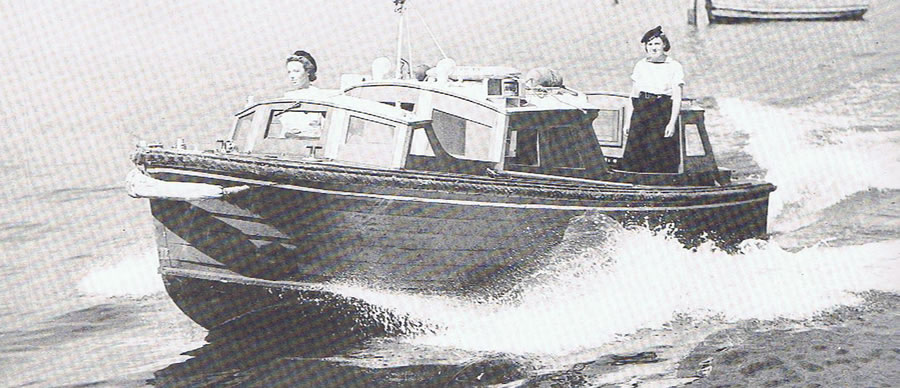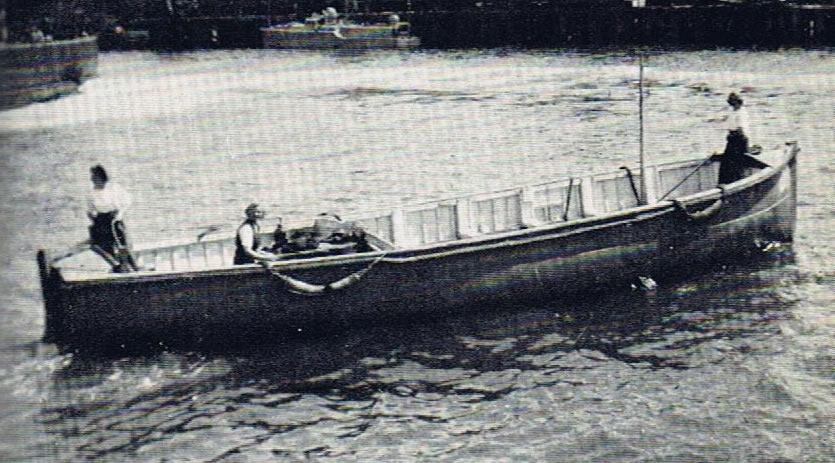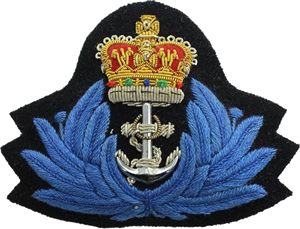
The reminiscences of the girls who worked as boat crew wrens in World War Two make it powerfully clear that they were a special group.
Very largely, the Naval (and WRNS) discipline system left them alone to get on with the job and the fact that there were so few failures is a powerful testament to these girls’ commitment and sense of duty. But, with only a few exceptions, they loved the job and the freedom to make their own way in serving the Navy. It was said of them that there was never an ugly boat crew Wren. A life in the open air, doing a physically demanding job successfully, left them tanned, trim and together. Their work with serving seagoing sailors gave them a strong sense of being at one with their male counterparts and it was reflected in a deep self-confidence and competence.
Running boats round a harbour might not sound like anything special but without them the Navy would have come to a halt very quickly and the sense of providing a critical service imbued them with a powerful awareness of their place in the system. And they were good at it, rather to the surprise of the more old-fashioned elements in the deeply conservative male Navy.

As Wren Jane Beacon developed, she was running her own boat with a Wren crew, who composed the following ditty about their life with her:
(To the tune of “The Sloop John B”)We sail with the Wren Jane B
All of the girls and me,
All round the ports and harbours we have roamed
We’re working all day
For very poor pay
I feel so weary, I wanna turn in.
Chorus:
So hoist up the Wren Jane’s flag,
See how the mainsail sets,
Put down the helm and head right out of the port
Oh let me go home, or let me lie down
I feel so weary, I just wanna turn in.
Our skipper’s a driven girl,
Disobey her at your peril…….
She’ll give any job – any job a whirl,
She works us so hard,
we’re always off guard
I feel so weary, I just wanna turn in.
Chorus: So hoist up….
But we’re so proud of what we do
We’re the very best of the few
We Wrens are always out, out in the lead
And our skipper’s the one
Who makes it such fun
That sleep doesn’t matter to make our name count.
Chorus So hoist up…….


